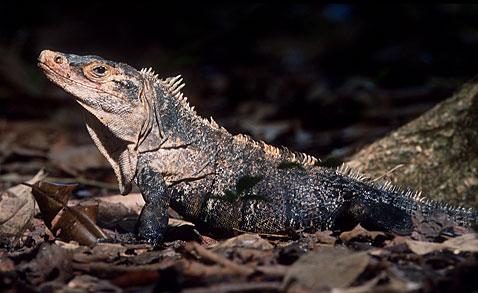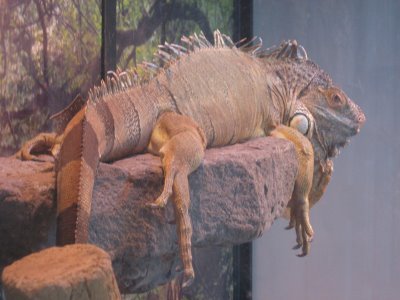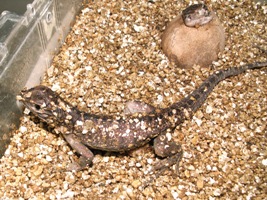An iguana though robust and aggressive in nature needs a lot of care than most of the pet animals. Most people who got their pet iguanas for the first time do not know what to do about them or do not have the knowledge on how to properly care for them.
The most important thing to do when having an Iguana Lizard as your pet is to get to know them, read articles about the, and consult some professionals on how to take good care of them.
Stay away from bad informations that you might get from shop owners and other people who seem to know about it but doesn’t.
Most iguana owners often get confused on which book to follow and which website to look at or which person to take advice from. So to have the right information about taking good care of your iguana make sure that your guidelines are approved and also check out some credible websites about the myths and misconception about taking good care of your iguana lizard pet.
Make your iguana feel at home first by not moving it from a small place first, leave your iguana in a small secluded place and observe it first for a few weeks and chart down different changes that it may project.

It may be stressful for your iguana to get used to your place for the first time so but don’t fret about not being able to handle your iguana for the first few weeks, this will basically make the taming process of your iguana faster.
Next is to find a good veterinarian for your iguana. While waiting for your iguana to get accustomed to his new environment you should find a good veterinarian for your iguana’s regular checkup.
Food is another issue when it comes to taking care of your Iguana Lizard pet. Aside from the iguana food that you can buy from the pet store you can also feed your iguana with vegetables and fruits
One basic rule is that Iguana Lizards are stringently herbivores, though many books recommend insects to be fed to iguanas some are still against this notion and firmly believes that feeding your iguana lizards green and leafy herbs is still the best diet.
Eventually the most important thing is to provide them with fresh food and water. And they should be fed regularly everyday the number of times is not that important as long as it is fed everyday and fed enough to be healthy.
Habitat of your iguana is also a major factor in your proper care regimen. You should have a large place for your iguana lizard, as time goes by your pet will grow bigger almost four times bigger the size when you first bought it.
Cleanliness is also an important factor in an Iguana’s habitat and with your Iguana as well. Try to clean them on very regular basis to avoid parasites that can cause sickness and odor on your iguana’s habitat.
One thing that you should have in mind before owning an iguana lizard is the amount of fund that you are willing to give. Owning an iguana is not an easy task both physically and financially, so be ready to shed not just some sweat but also some cash to go with it.





